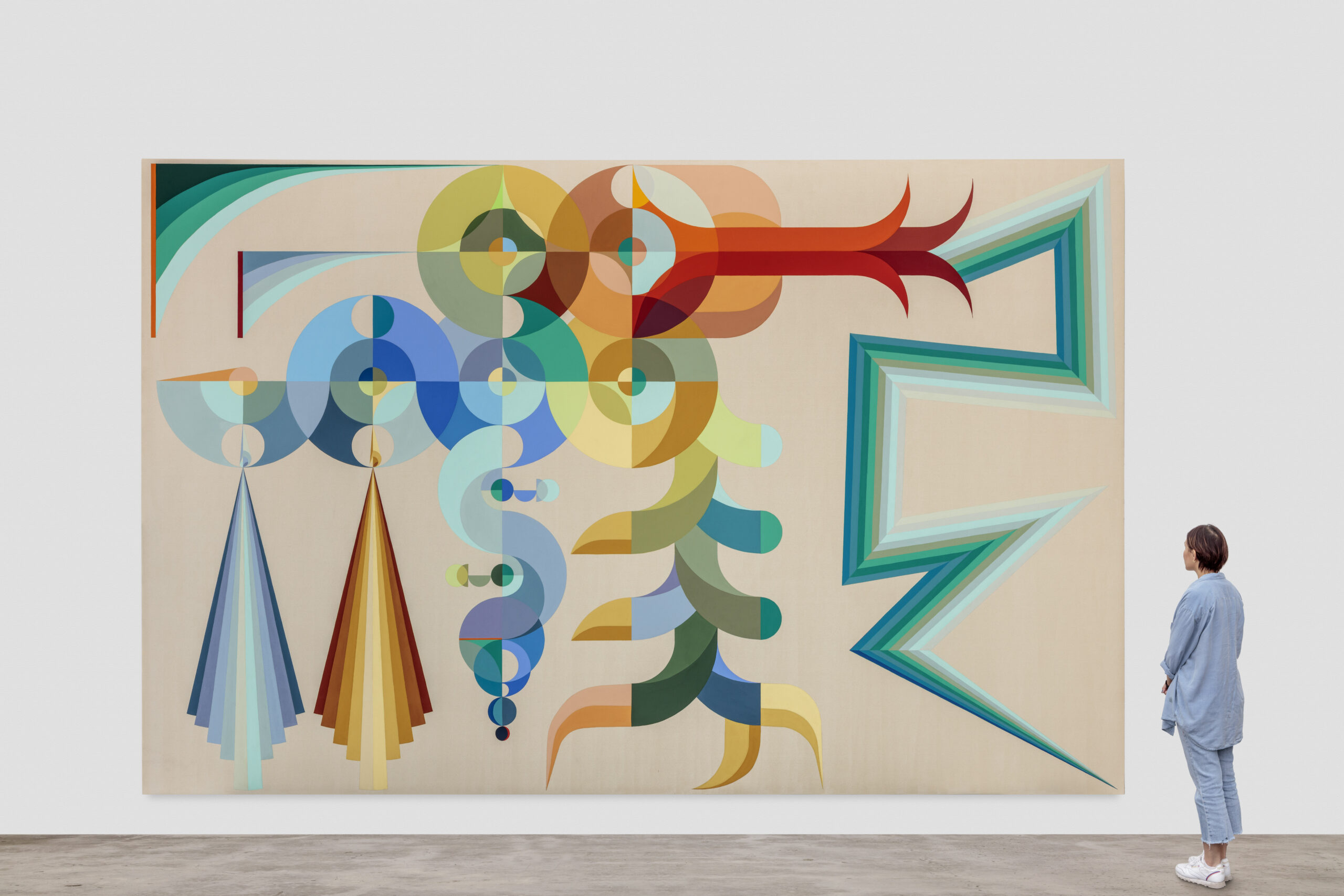Garrett Bradley and Arthur Jafa: a Negro, a Lim-o (2022)
Presented by Project EATS
Project EATS Essex Crossing Rooftop Farm, Lower East Side, New York, NY
Project EATS Marcus Garvey Apartments Farm, Brownsville, Brooklyn, NY
Project EATS Private Local Community Networks in the Bronx and Brooklyn
The Museum of Modern Art, New York, NY
Winter/Spring 2023
Production | Exhibition Grant
a Negro, a Lim-o (2022) is a collaborative video work by Garrett Bradley and Arthur Jafa that evokes the spirit of Just Above Midtown (JAM)–a gallery founded by artist Linda Goode Bryant in 1964 as a self-described laboratory foregrounding the work of African American artists and other artists of color. Garrett Bradley and Arthur Jafa have collaborated to make two films, installed and projected as being in dialogue with one another. Derived from each artists’ personal relationship with JAM, JAM archival material, conversations, and original footage, a Negro, a Lim-o (2022) serves as the inaugural commission for Project EATS Art Inside/Out to be shown on Project EATS farms in Brownsville and on the Lower East Side as well as on private local community networks established by and surrounding Project EATS Farms in the Bronx, NY and Brooklyn, NY as an extension of the MoMA exhibition Just Above Midtown: Changing Spaces on view October 6, 2022–February 18, 2023. Project EATS’ presentation of a Negro, a Limo- (2022) reaches beyond gallery walls– presenting within the nexus of an incredibly racially, ethnically, and socioeconomically diverse New York City public with the everyday opportunity for nearby residents to engage with art even just by looking out of their windows.
Project EATS is a living installation transforming vacant lots and rooftops into neighborhood-based farms supporting farm stands, pantries, prepared food, and community programs to catalyze creativity and cultivate greater food sovereignty across New York City. Through partnerships and social enterprise, Project EATS sustainably grows and distributes fresh, local, organically-grown food in neighborhoods disproportionately experiencing inequitable food access and high incidence of diet-related illnesses. Communities deserve to grow their own food right where they live–Art that feeds.




